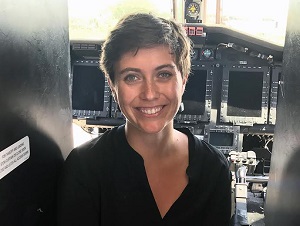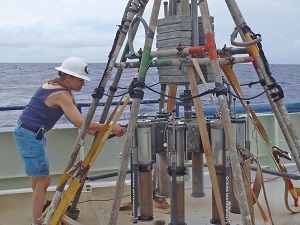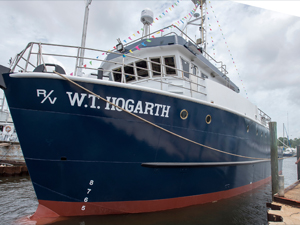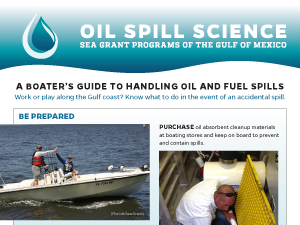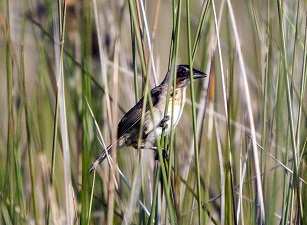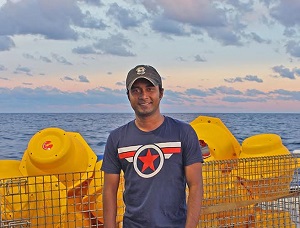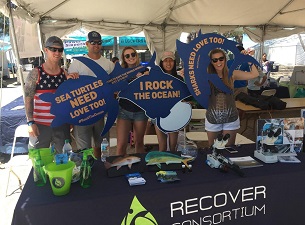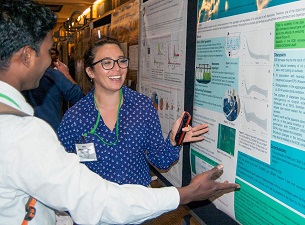Grad Student Parks Assesses How Disasters and Social Factors Influence Human Health
Vanessa Parks compiles and analyzes data on Gulf Coast communities that explores how the Deepwater Horizon oil spill affected mental and physical health and how social factors contributed to post-disaster health outcomes.
Details
